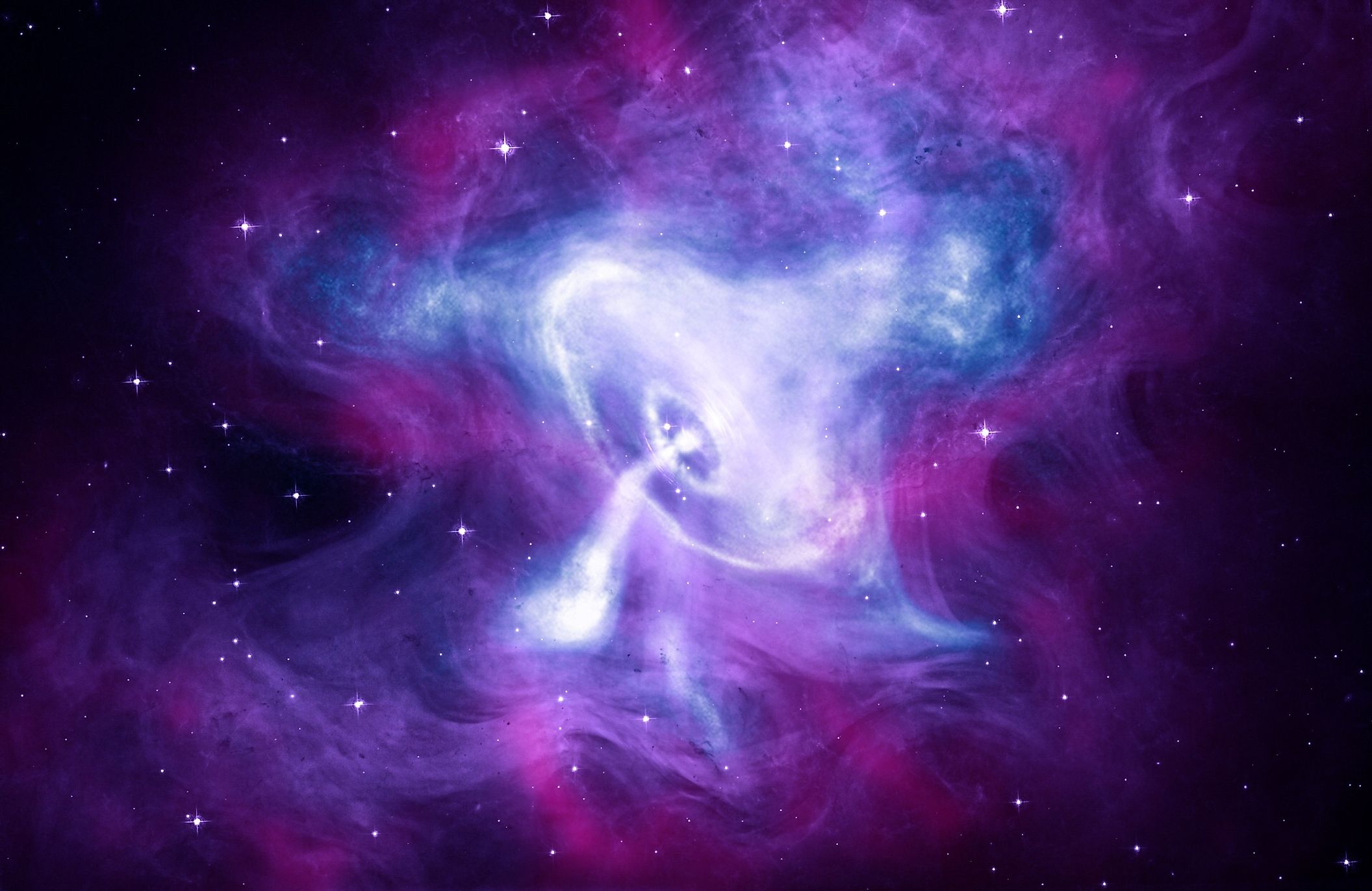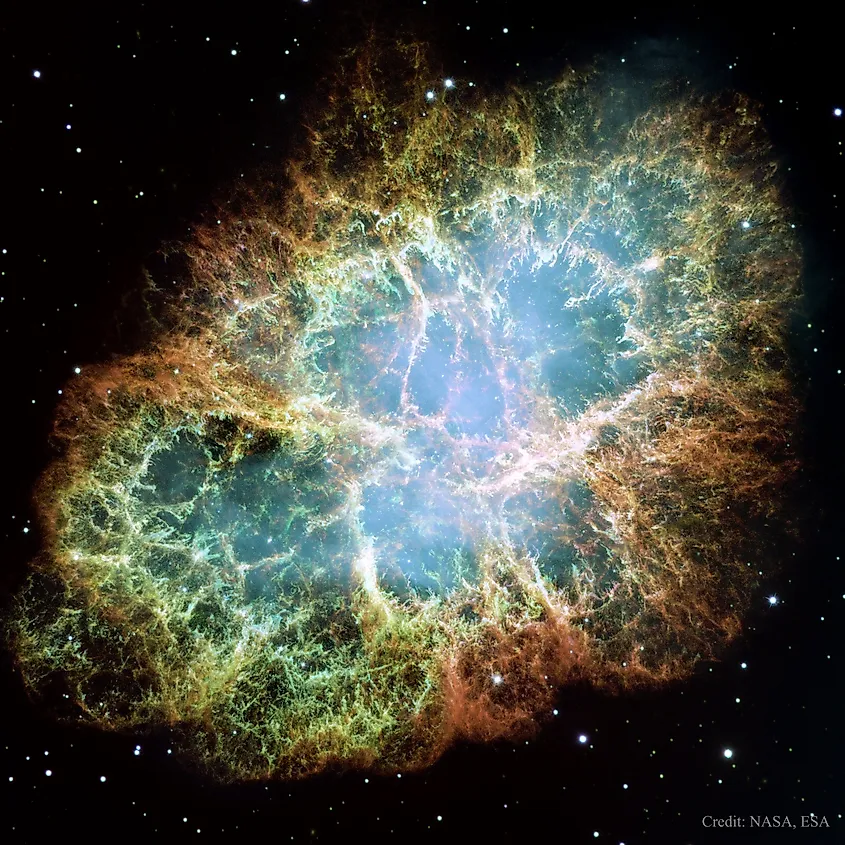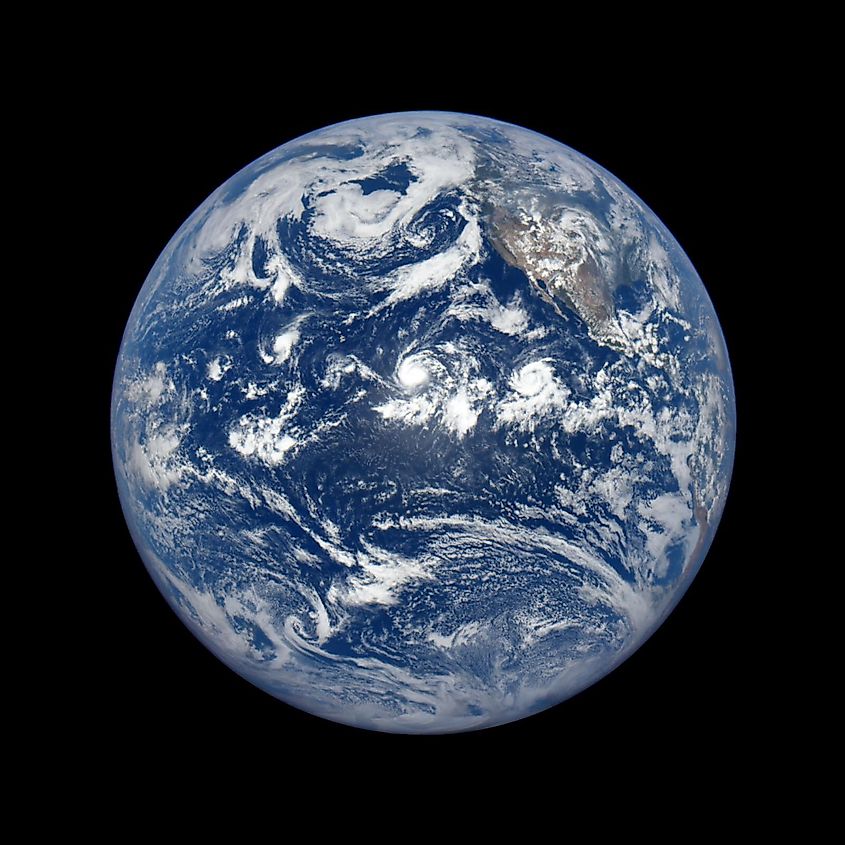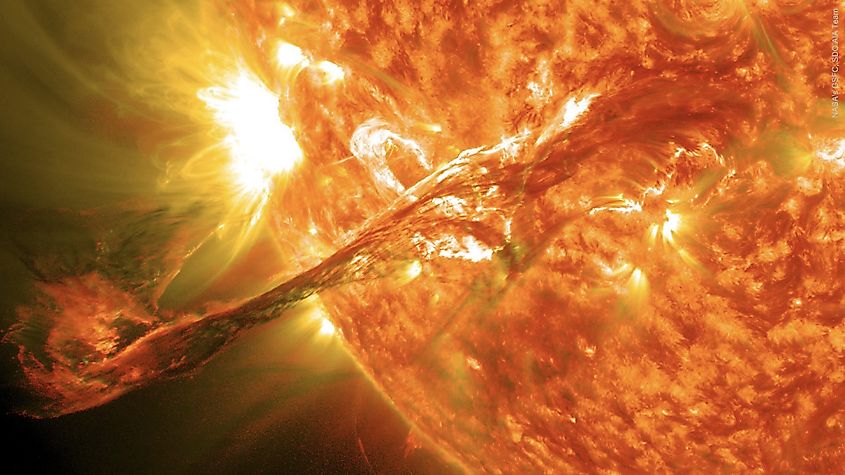
What Are Cosmic Rays?
The Earth’s atmosphere is constantly being bombarded by atomic nuclei that are moving at nearly the speed of light. These high energy particles largely originate from beyond our solar system, from distant stars and galaxies galaxies. These particles are known as cosmic rays.
Where Do Cosmic Rays Come From?

Cosmic rays are composed mostly of hydrogen nuclei, which are just singular protons. Cosmic rays originate from high energy processes beyond our solar system, which includes the formation of stars, supernovae, and solar storms on distant stars. High energy processes strip some atoms of their electrons and accelerate the particles to speeds near the speed of light. Eventually, some of these particles make their way to our solar system and impact the Earth’s magnetic field and atmosphere. Most cosmic rays are hydrogen nuclei, with an estimated 90% of all cosmic rays being singular protons. Another 9% are helium nuclei, while only 1% are composed of atoms heavier than helium.
When Cosmic Rays Hit The Earth

Cosmic rays are very difficult to detect on Earth’s surface, and that’s because our magnetic field and atmosphere form a protective shield around the Earth that prevents most cosmic rays from reaching the surface. As high energy particles, cosmic rays would otherwise pose a significant threat to human health. Thankfully, cosmic rays rarely ever reach the surface and are almost always absorbed by the atmosphere or deflected by the magnetic field. In order to detect cosmic rays, scientists rely on satellites in Earth orbit and high altitude balloon measurements. Furthermore, cosmic rays can be detected indirectly by how they interact with the particles in Earth’s atmosphere. For example, when high energy particles impact our atmosphere, they can change the velocity of the particles in our atmosphere, which can then be detected and measured from Earth’s surface.
Types Of Cosmic Rays

There are two types of cosmic rays: primary cosmic rays and secondary cosmic rays. Primary cosmic rays are those that originate outside the solar system, such as from the birth of a distant star or a supernova. Secondary cosmic rays are produced by the interaction between primary cosmic rays and the particles in Earth’s atmosphere. As was previously stated, cosmic rays can impact the particles in our atmosphere. When this occurs, it creates a kind of “shower” of particles that now possess more energy than before. These particles are secondary cosmic rays.











